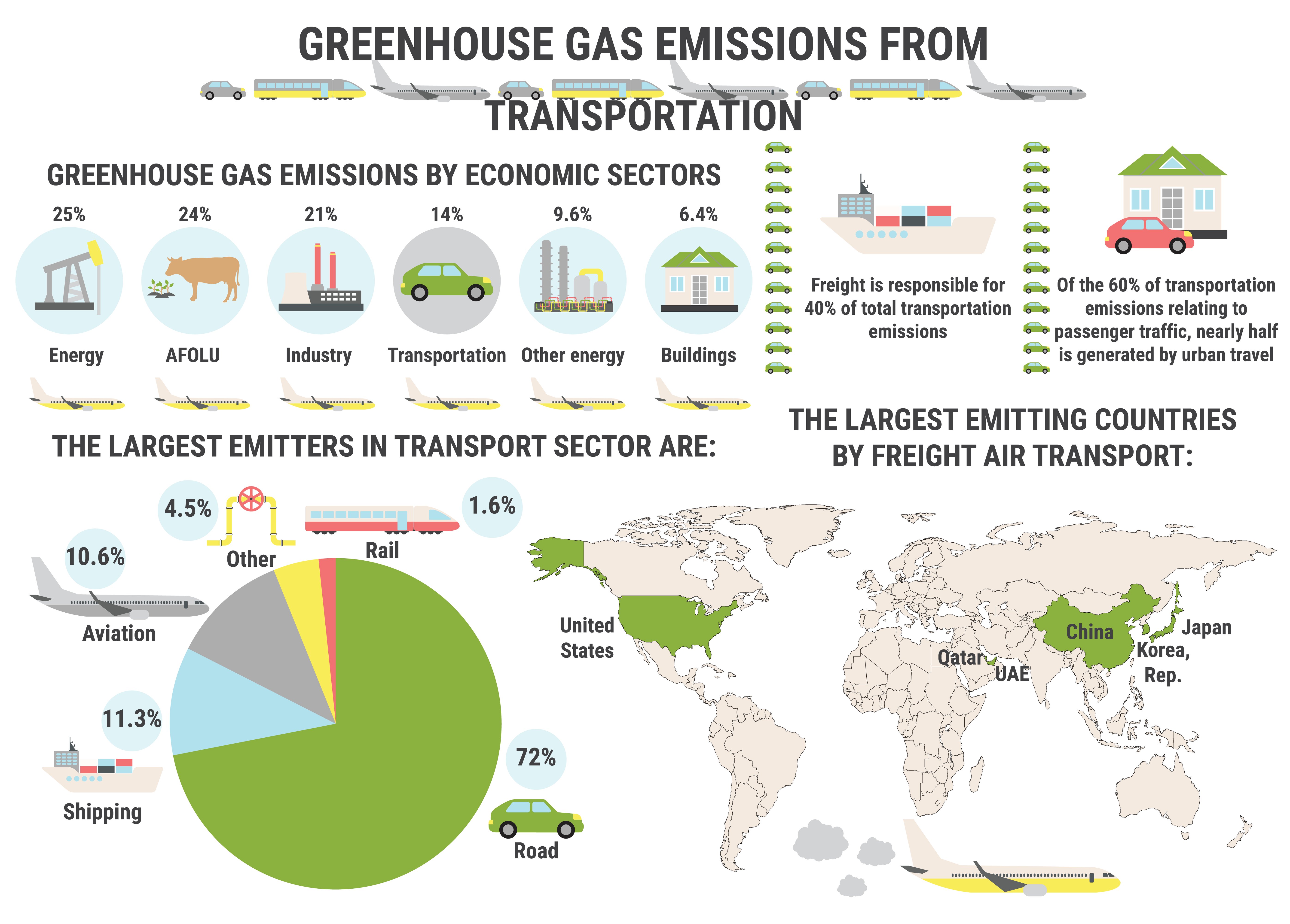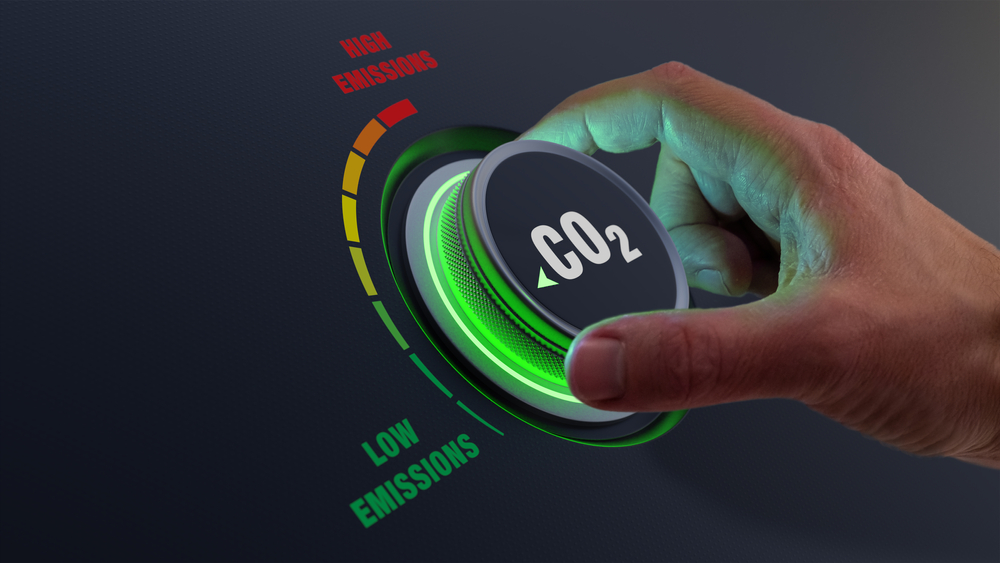This week, the Securities and Exchange Commission (SEC) proposed a new set of rules to standardize how publicly traded companies disclose climate-related information to investors. If the rule change is approved (it’s currently under review), companies will have to publish data on their greenhouse gas emissions (GHG); they’ll also be required to report against a clearly defined set of climate-related metrics in shareholder financial reporting.
These rules are also surprisingly broad in their scope — and here’s where things get particularly interesting for supply chain management.
One section of the new SEC rules (referred to as Scope 3 emissions) would require larger companies to disclose indirect greenhouse gas emissions — that is, GHG emissions caused by the entire process of production, including upstream and downstream activities in its value chain. And of course, this new reporting obligation will encompass the environmental impacts of a company’s supply chain operation.
Big changes ahead
What else is new?
What greenhouse emission impact does your company have by shipping your product via road, rail, ocean, and air?
That’s a big question.
Even producing the data to answer it presents a formidable challenge for many large companies. The even bigger challenge will be making supply chain decisions that satisfy the demands of a growing number of green-conscious investors. The impacts are likely to be far-reaching.
International transport law firm, Watson Farley & Williams, describes the scale of the problem succinctly: “Scope 3 … will require collaboration across the entire value chain for compliance to be achieved. … The changes required will be multi-faceted, ranging from sustainability (business operations) to power (sourcing green energy) and, crucially, to transportation (shipping operations).”
Over a third of North American companies have set broad greenhouse gas targets, but a vanishingly small number have set targets for Scope 3 emissions, Reuters reports. If the SEC’s emissions reporting requirements do come into effect, those targets will have to be set — and measurable — somewhere between 2023 and 2026.
Where do you go next & how do you get there?
That’ll depend on who you’re with
Regardless of what happens with this ruling, the 3PL industry has a ton of analysis to perform over the next few years. It’ll be a precarious and technically demanding balance: safeguarding supply chain efficiency while marching (somewhat cautiously) toward the Shangri La of net-zero freight emissions.
Given that we all have somewhere to be, this short blog post isn’t the place to elaborate on all of that. But the SEC’s proposed Scope 3 ruling does give us an interesting hypothetical springboard from which to dive into a conversation about “us and them.”
Let’s say this rule does come into effect (as just one example of any number of transformative events that may or may not happen in the near future)…
… What happens next?
While we can be confident that no two companies will have the same approach, we can be certain that what happens next will be deeply impacted by who a company chooses to help manage its supply chain. Let’s run with that, then, and dive into the bracing waters of a hypothetical.
Let’s get hypothetical
It’s June 30, 2022…
And the SEC has announced that Scope 3 GHG emissions will be rolling out across larger companies between 2023 and 2026. Overnight, the carbon footprint of your supply chain has become a pressing strategic priority. You’ll need a three-year plan to manage the transition. Rapidly ruling out going it alone, you’re left with the options of investing in a big consulting house, hiring a rate broker, or working with a 3PL.
Eventually, you make your decision…
... You settle for a rate broker
Realizing your team has a lot of big changes ahead, you decide to free up your team’s analytical time by picking up a rate broker to help you with the day-to-day of shipment quotes, booking, and tracking.
But getting rid of some of the busy work is only a drop in the bucket.
And as months turn into years, finding ways to accurately measure your supply chain’s carbon footprint proves frustrating and elusive. The prospect of coming up with a practical plan to show shareholders you’re on your way to becoming a green corporate citizen feels like a pipe dream.
Options narrow. Confidence dwindles. Uncertainties multiply.
... You invest in a big consulting house
You decide that a rate broker only chips away at the edges of this problem. You need to go big or go home, so you invest in a big consulting house for a lasting solution.
A slick team of consultants swings into action, conducting an analysis of your supply chain at no cost. After a flurry of phone calls and a face-to-face meeting or two, you have a report on file with clear and measurable steps to be SEC-compliant by 2026.
It’s only months down the line that people managing your supply chain begin to point out the plan’s practical shortcomings.
Some of the recommendations introduce burdensome delivery delays.
Other prescriptions, you come to realize, are simply operationally unfeasible — which isn’t entirely surprising, given that your bright and shiny GHG supply chain compliance plan was developed by a team of production, manufacturing, and R&D specialists with only a cursory understanding of freight operations and logistics.
You ask for ongoing round-the-clock support to deal with your growing list of recurring freight problems. They inform you that technical support is not in their wheelhouse.
... You decide to work with a 3PL and (naturally) choose IL2000
Our team swings into action. All specialists in critical corners of supply chain management, our team comes at your problem from many angles to build a nuanced and multi-dimensional understanding of how your supply chain works.
We ask questions. We watch your freight operation in action. We straight talk.
Keeping an eye on how the industry at large is vigorously finding its way to best practice, our team weighs each idea, in turn, to arrive at a solution carefully tailored to your company. Before too long, we’ve developed draft one of your GHG transition plan, and we allocate a team of specialists to help you implement it. Realizing the devil’s in the details, we also develop a customized pricing tool for your company that integrates seamlessly into your IT architecture. Using this tool your shipping team can balance price and delivery time against the carbon footprint of your carriers and their shipping lanes.
Realizing the devil’s in the details, we also develop a customized pricing tool for your company that integrates seamlessly into your IT architecture. Using this tool your shipping team can balance price and delivery time against the carbon footprint of your carriers and their shipping lanes.
Decisions feel less murky.
Occasionally, unforeseen events throw your supply chain a curveball. We solve them. And if one delivery goes code red, our team of 24/7 supply chain consultants is there to help you fix it in under 15 minutes.

As 2023 rolls over into 2024 you’re well on your way. Your plan is mature now and you feel confident about hitting full compliance by ’26. Evolving your freight operation to the SEC’s requirements wasn’t always an easy transition, but weekly strategic meetings with our supply chain advisors have kept you ahead of the curve while your competition gradually fell behind.
You, us ... and a better way forward
Sometimes your choice between two products is an apples-to-apples proposition. Sometimes you’re comparing apples to oranges. When it comes to future-proofing something as complicated and business-critical as your supply chain … your options aren’t even in the same food group.
- A rate broker (hopefully not to be too prosaic) can broker shipping rates for you.
- A big consulting house can offer you a one-and-done solution drawing from general corporate best practice and generic business intelligence.
- A 3PL, on the other hand, can offer you a comprehensive supply chain solution along with the tools, support, and insight you need to implement it.
IL2000 draws from decades of hard-won experience solving the most intractable supply chain challenges. Stay ahead of change. Request a no-obligation supply chain analysis today.


